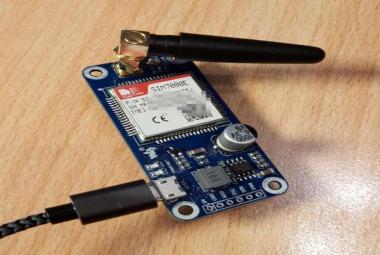If a zero trust architecture is deployed, enterprises can have better IoT device traffic and also can reduce the IoT security dangers
The US based global IT security firm Zscaler has now published its latest survey report on enterprise IoT and OT malware threats. The report showcased a detailed outlook at the malware activity for a period of six months and has analyzed around 3,00,000 blocked attacks on IoT devices. In the past few months, there is a huge volume of attacks on IoT devices, which represents a 400 percent escalation in malware compared to last year.
The massive augmentation of malware attacks on IoT devices is a huge worry for the OT security as these malware can move across various networks, which is putting OT infrastructure at a critical stage. According to the report, ThreatLabz focused on understanding IoT device activity and attributes via device fingerprinting and analyzing the IoT malware threat landscape. Individuals, organizations, and industries are now too much dependent on internet connected devices and therefore, the malware attacks are also increasing each year. If a zero trust architecture is deployed, enterprises can have better IoT device traffic and also can reduce the IoT security dangers.
The growth in cyber threats demonstrates cyber criminals persistence and ability to adapt to evolving conditions in launching IoT malware attacks. Additionally, research indicates that cybercriminals are targeting legacy vulnerabilities, with 34 of the 39 most popular IoT exploits specifically directed at vulnerabilities that have existed for over three years. The Mirai and Gafgyt malware families continue to account for 66% of attack payloads, creating botnets from infected IoT devices that are then used to launch denial-of-service (DDoS) attacks against lucrative businesses.
Manufacturing and retail accounted for nearly 52% of IoT device traffic, with 3D printers, geolocation trackers, industrial control devices, automotive multimedia systems, data collection terminals, and payment terminals sending the majority of signals over digital networks. However, the quantity of device traffic has created opportunities for cybercriminals, and the manufacturing sector now sees an average of 6,000 IoT malware attacks every week.
The survey report also added that the United States is a top target for IoT malware authors with 96% of all IoT malware distributed from compromised IoT devices in the United States. In 2023, Mexico experienced the most infections, with 46% of all IoT malware infections. In fact, three of the top four most infected countries (Mexico, Brazil, and Colombia) are all Latin American countries.

















